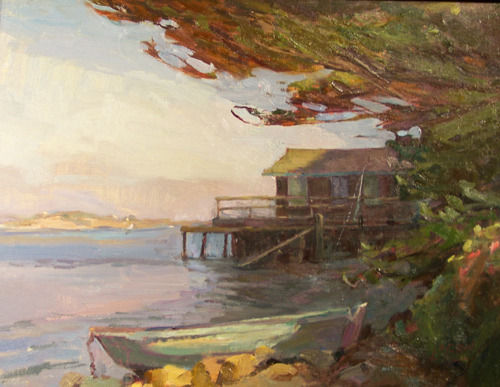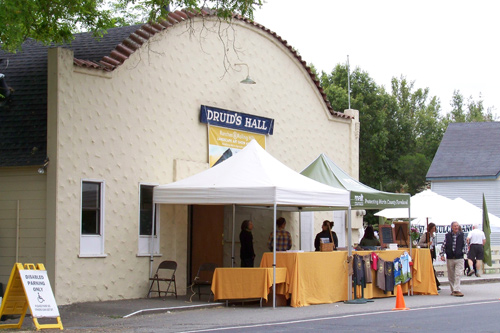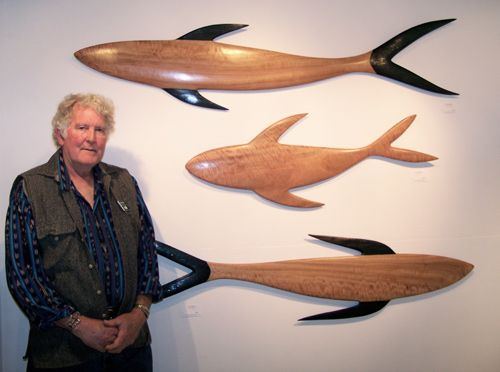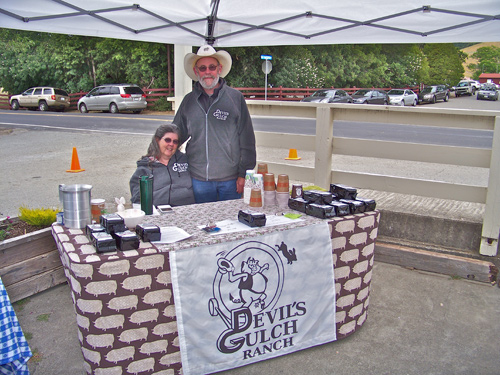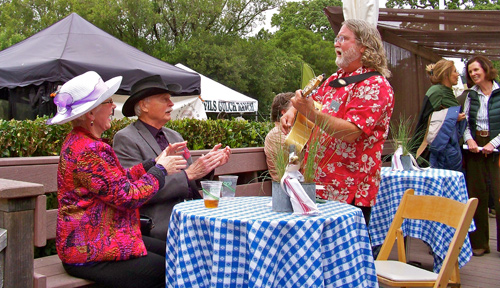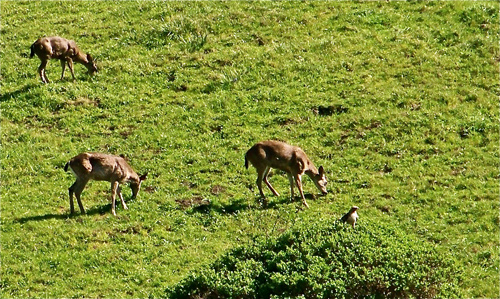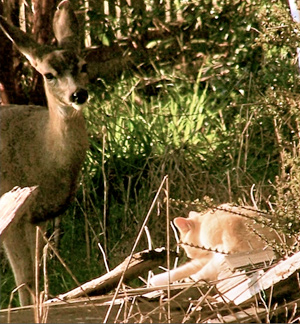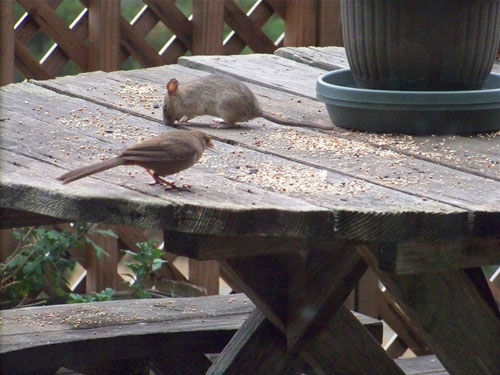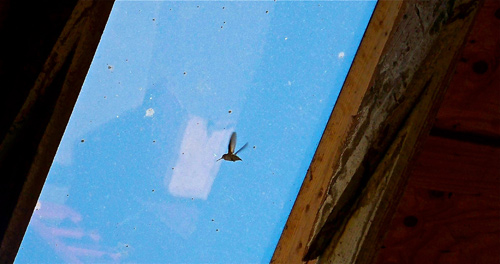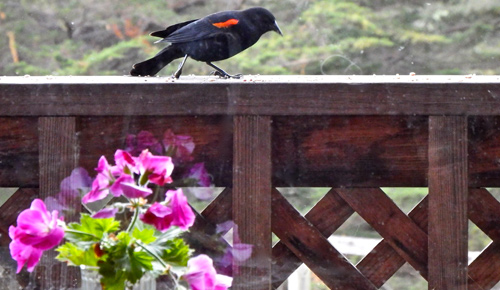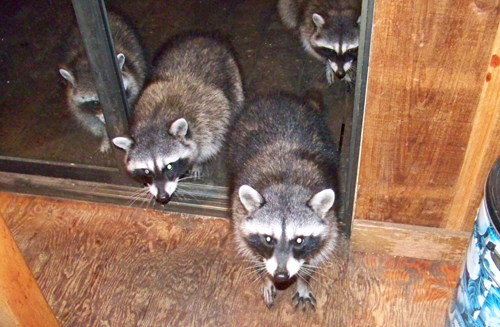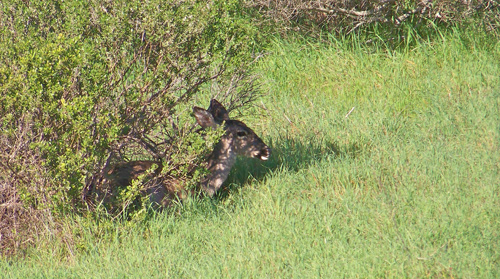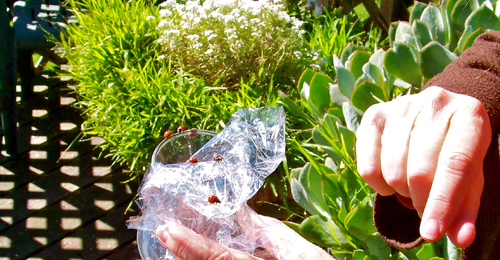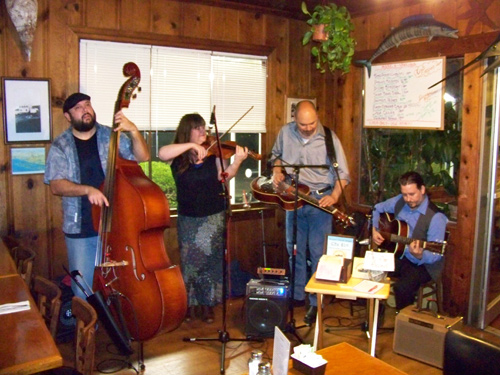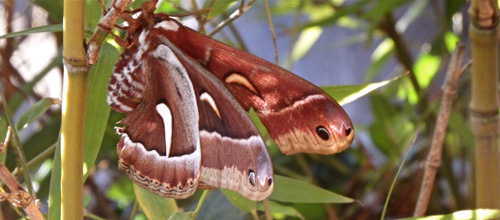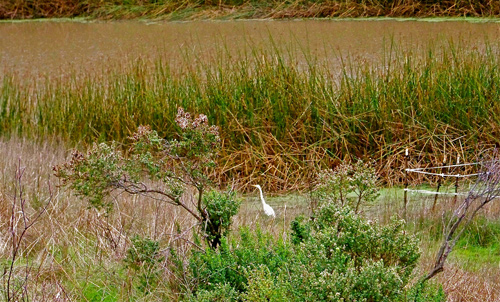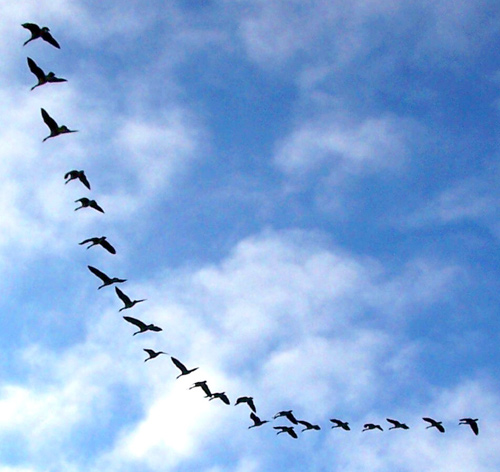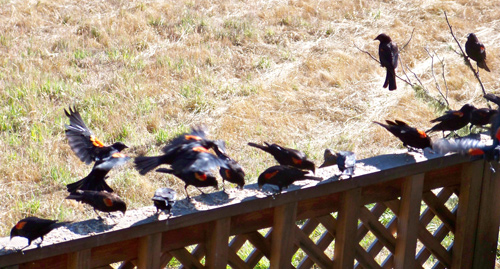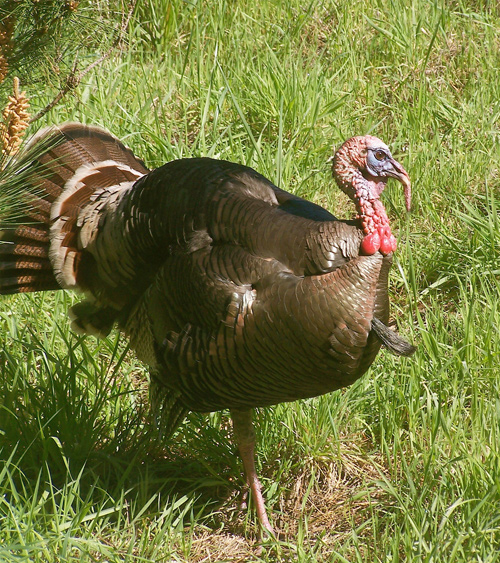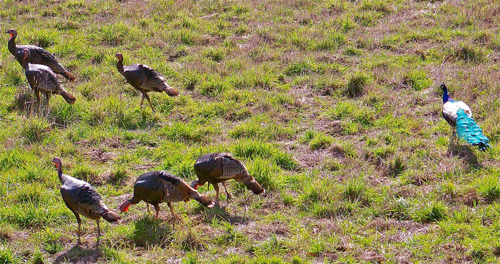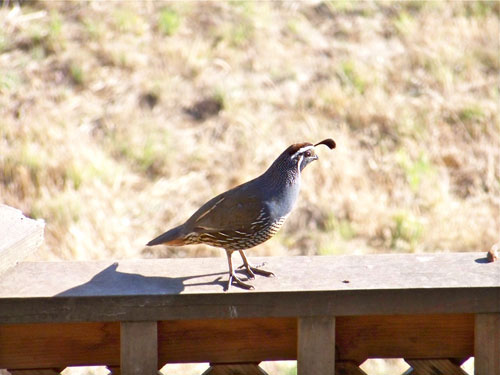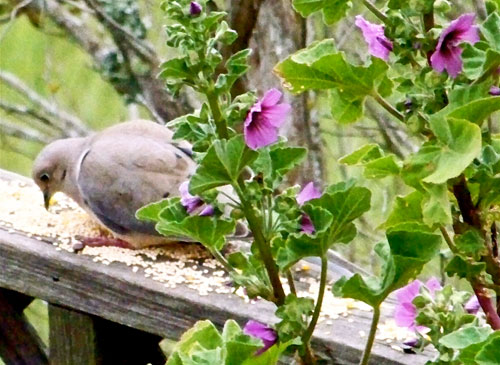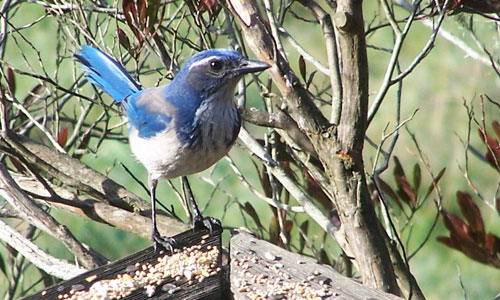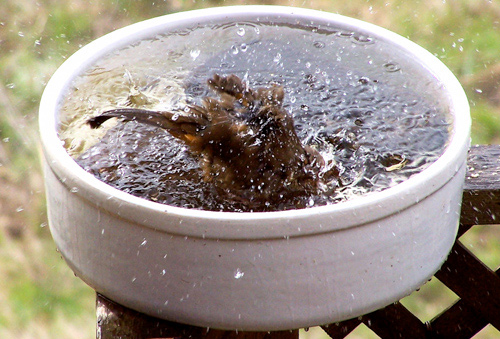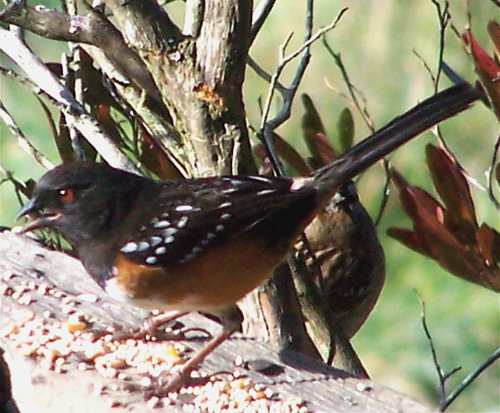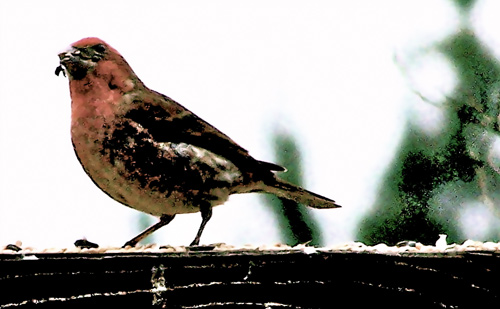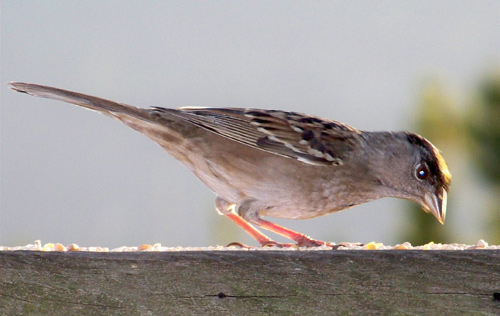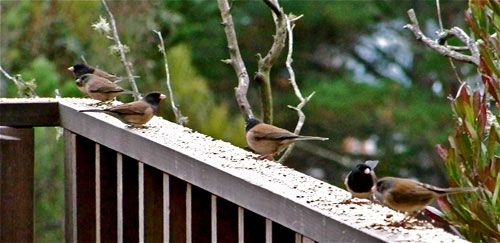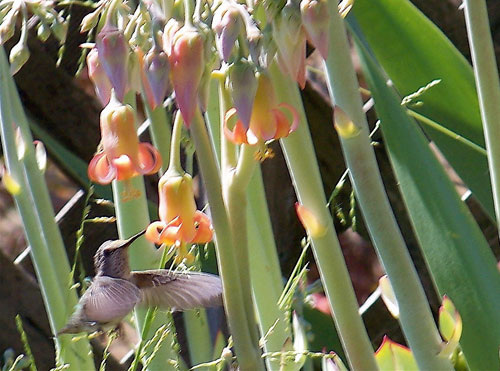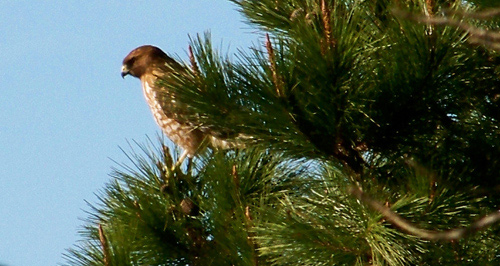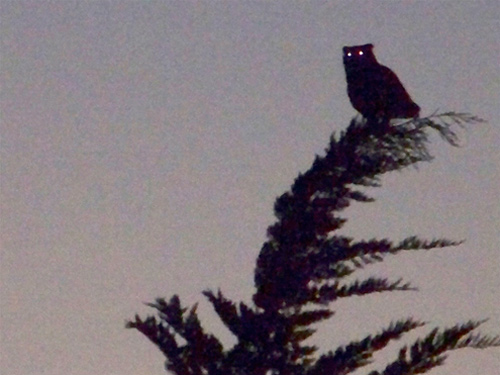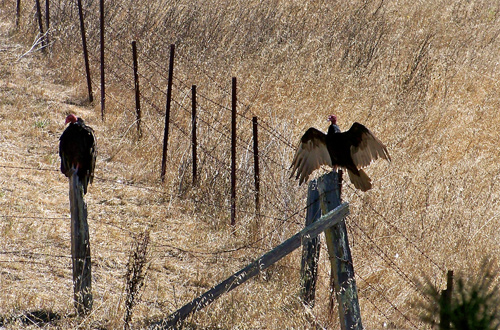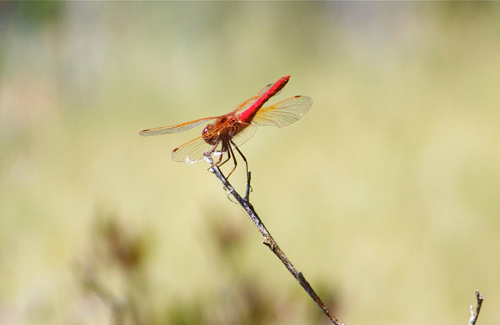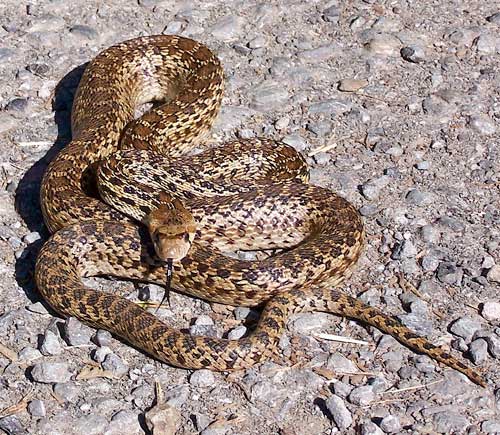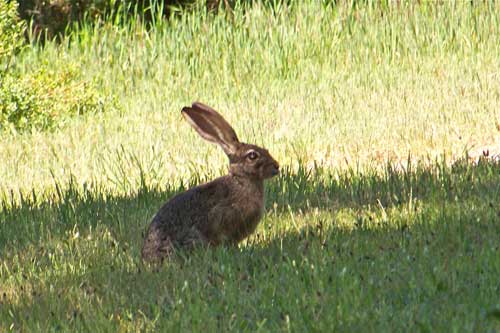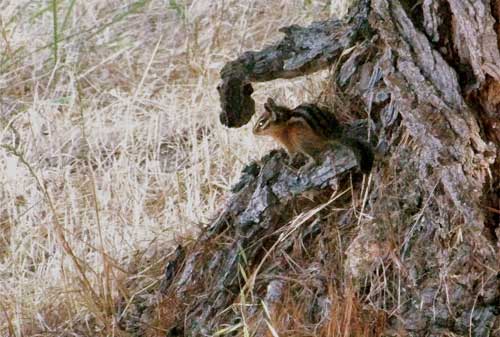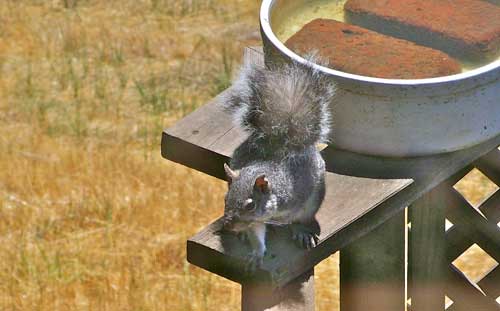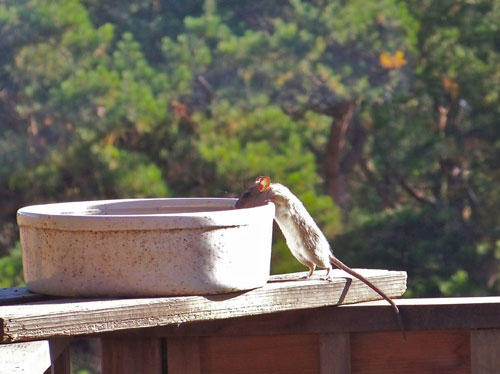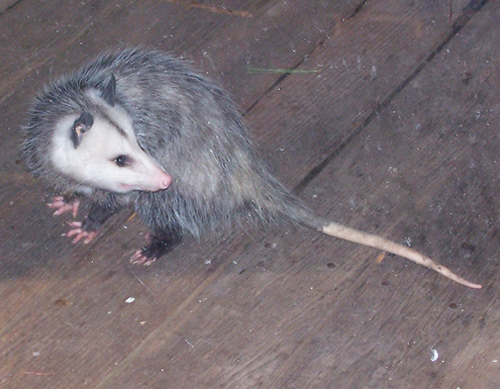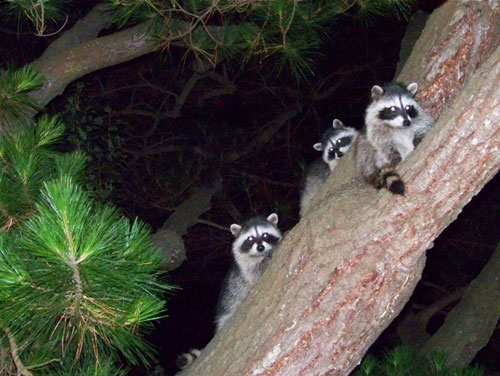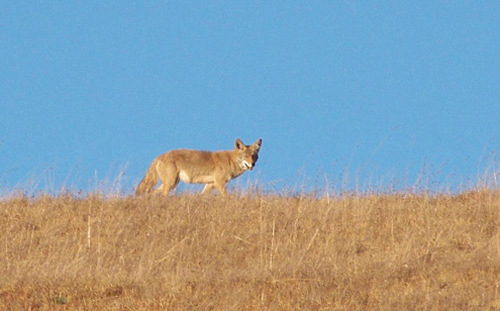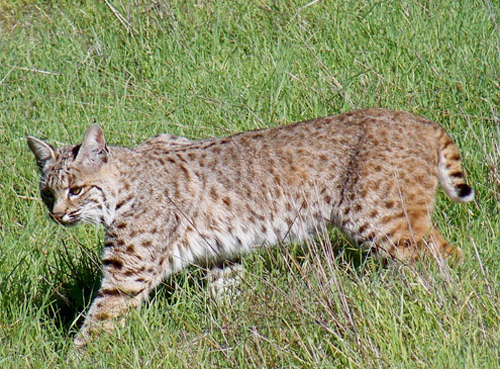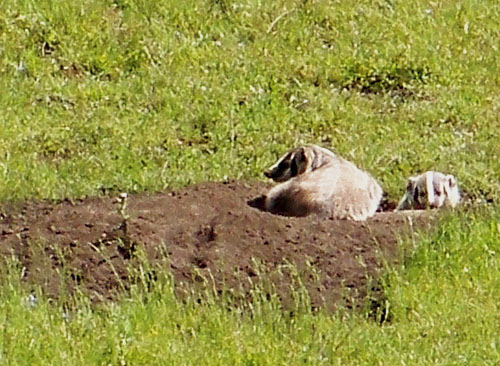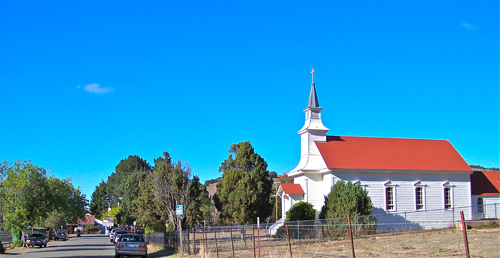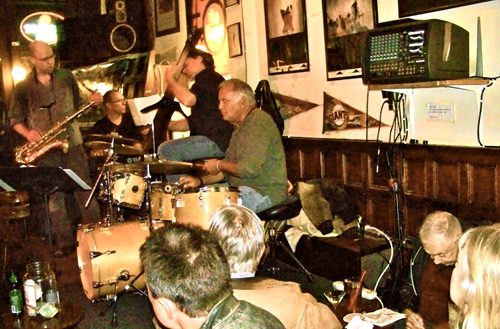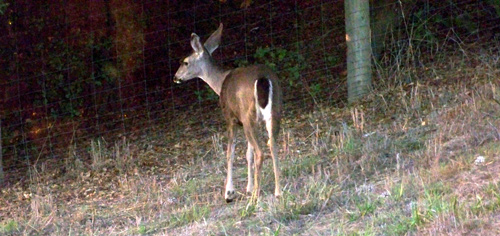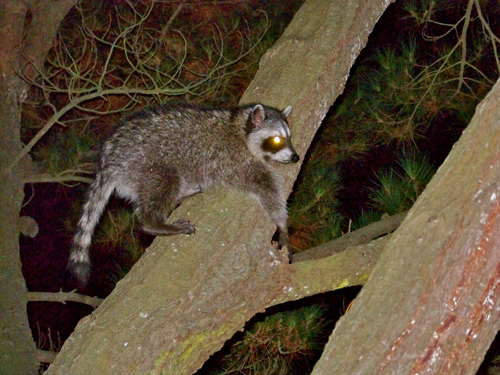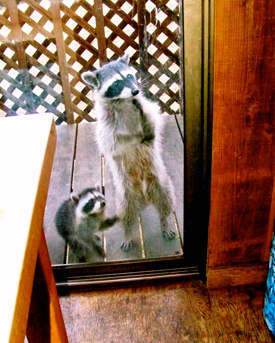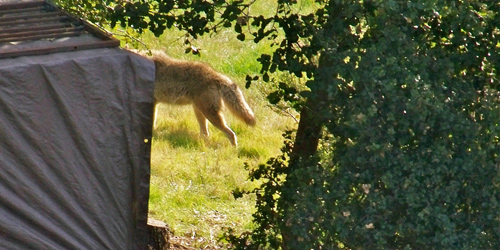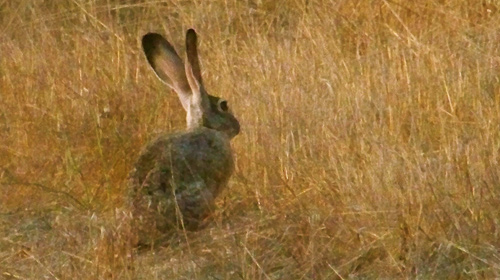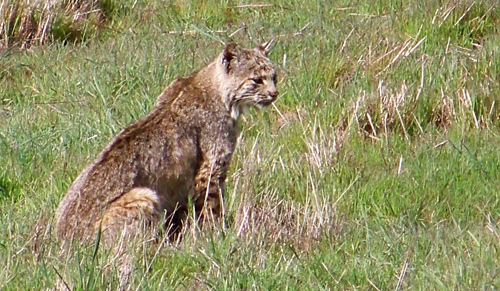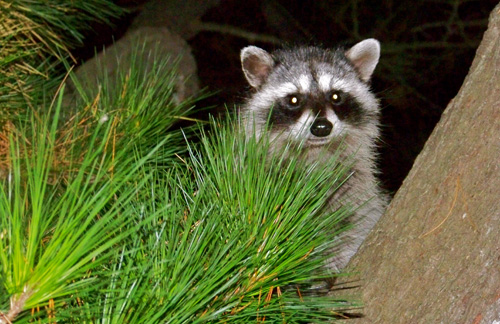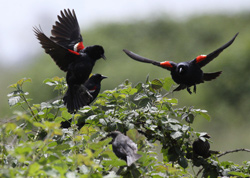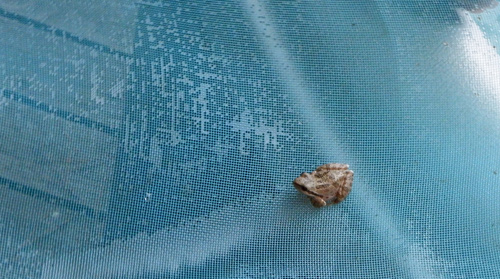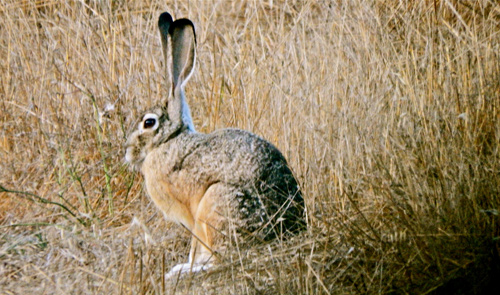#ShutdownCanada, Friday’s nationwide protest in Canada calling on the government to investigate the murders and disappearances of indigenous women, was a bit of a disappointment, failing to garner as much public participation as expected.
The Inter-American Commission on Human Rights, a branch of the Organization of American States, last year reported that First Nation women in Canada are being murdered and disappeared at four times the rate of white women.
Although more than 7,000 people had said they would take part in demonstrations planned in Calgary, Espanola, Edmonton, Fredericton, Halifax, Hamilton, Kamloops, Lethbridge, London, Moncton, Montreal, Niagara, Oshawa, Ottawa, Regina, Toronto, Vancouver and Winnipeg, according to Ontario’s Two Row Times, fewer than 700 showed up, Warrior Publications reported.

Unist’ot’en camp (Warrior publications photo)
Also joining the demonstrations were several groups trying to stop environmental damage. One of them, Unist’ot’en Camp, describes itself as a “resistance community in Northern British Columbia, whose purpose is to protect sovereign Wet’siwet’en territory from several proposed pipelines.”
The Unist’ot’en clan says, “Wet’suwet’en territory, which extends from Burns Lake to the Coastal Mountains, is sovereign territory which has never been ceded to the colonial Canadian state; the are not under treaty with the Canadian government.”
Since July of 2010, the Wet’suwet’en have established a camp in the pathway of the Pacific Trails Pipeline.
On Friday, protesters also blocked a main entrance to the Port of Vancouver. In Winnipeg, a number of protesters blocked a road. In Regina, a small group blocked a railway line. And in Montreal, protesters temporarily blocked a major intersection and then briefly occupied a branch of the Bank of Canada.
Despite police limiting the protesters’ movements, #ShutdownCanada did cause some disruption in Regina, noted Daniel Johnson, who took part in demonstrations there. “But it was not the success it could have been.” ________________________________________________________________
 No St. Valentine’s event, of course, is likely to ever get as much public attention as the 1929 Valentine’s Day Massacre in Chicago.
No St. Valentine’s event, of course, is likely to ever get as much public attention as the 1929 Valentine’s Day Massacre in Chicago.
This was during Prohibition, and in a fight over territory, Al Capone’s South Side Italian Gang captured five members of Bugs Maran’s North Side Irish Gang, as well as two of its accomplices.
The seven were lined up against a wall inside a garage and executed with Tommy guns. (See photo at left.) One member of the North Side Gang, Frank Gusenberg, lived for three hours after the shootings. Although he received 17 gunshot wounds, he refused to tell police who the gunmen were. ____________________________________________________________
Canada on Valentine Eve Friday was lucky to escape its own massacre, which had been planned for Halifax, Nova Scotia.
Before the carnage could occur, the Royal Canadian Mounted Police took a 23-year-old woman from Illinois, Lindsay Kantha Souvannarath, and a 20-year-old man from Halifax, Randall Steven Shepherd, into custody on charges of conspiracy to commit murder.
The woman subsequently told authorities about plans to attack a mall. Two other men, 17 and 20, have also been taken into custody, and a fifth person, a 19-year-old man, committed suicide when police surrounded his home.
Police said the plotters were not involved with Islamic terrorism and merely wanted to kill as many people as possible before taking their own lives. Luckily the Mounties received a tip and found that on social media, the group had revealed an obsession with mass killings. ________________________________________________________

Tony’s Seafood Restaurant.
Also on Valentine Eve, the band Rusty String Express packed Tony’s Seafood Restaurant in Marshall. “The musicians play a mix of jazz, Celtic, and other styles, some traditional and covers,” said West Marin musician Ingrid Noyes.
“But they also write a lot of their own material. They give it all their own unique spin, and they have a unique sound with that mix of instruments.”
The restaurant offered plenty of meal specials, and barbecued oysters were served for only $2 apiece, which is the best restaurant price I’ve seen in West Marin in a very long time.

A Buckeye butterfly on Saturday paused for a rest on bamboo that grows in a half wine barrel on Mitchell cabin’s lower deck. Other parts of West Marin matters were less tranquil on Saturday. In Point Reyes Station, so many tourists crowded into town that a couple of restaurants ran out of food. (Photo by Lynn Axelrod)

No Name bar
The Michael Aragon Quartet on Valentine Eve played what I call “modern jazz” (think John Coltrane and Cannonball Adderley) in Sausalito’s No Name bar, as it does every Friday evening. From left: Rob Roth on sax, KC Filson on keyboard, Pierre Archain on bass, and Michael Aragon on drums.
There’s no cover charge; the music is inevitably great; and at times virtually every seat in the bar is taken. When that happens, some customers inevitably retire to a covered garden in the rear to talk, smoke, meet people, or play chess.

She’s appreciated.
One of the attractions of the No Name on Friday nights is its unceasingly cheerful waitress, Sarah Burke. Just placing drink orders with her is part of the fun. I’m hardly the only person to notice this, and as a way of saying thanks, her regular customers signed a Valentine’s card, which she received Friday, along with a potted red rose.

Hunters-gatherers: Two migrating robins forage outside Mitchell cabin last Wednesday.
There are more robins in West Marin than usual this winter. Wildcare, the wildlife-rescue group in San Rafael, reported last week, “It’s songbird migration time…. In the past few weeks, we have admitted 11 thrushes and six robins with head trauma from hitting windows.”
In order to feed these patients, the Birdroom at Wildcare “needs earthworms (good from your compost) and frozen berries (wild blueberries, the small ones, are best).” The group can be reached at 415 453-1000.
Tags: Al Capone, Buckeye butterfly, Bugs Maron, Halifax, KC Filson, Lindsay Kantha Souvannarath, Michael Aragon, No Name Bar, Randall Steven Shepherd, Rob Roth, robins, Sarah Burke, The Rusty String Express, Tony's Seafood, Unist’ot’en camp, Valentine's Day Massacre, Wildcare
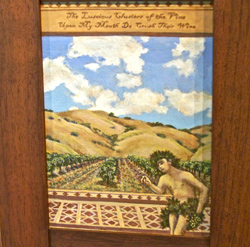 California Vineyard, Hills. Millicent Tompkins
California Vineyard, Hills. Millicent Tompkins

